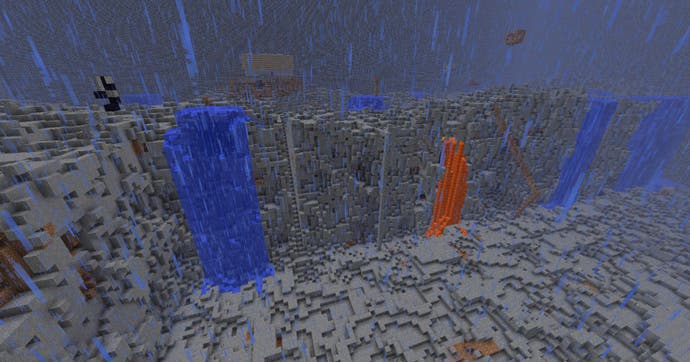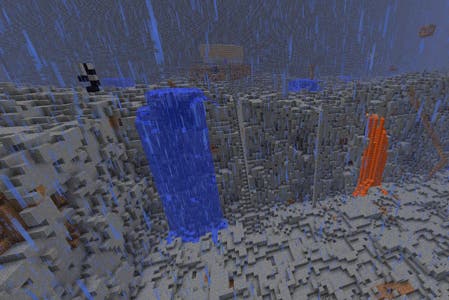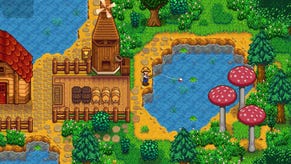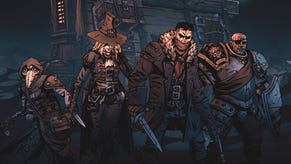Claustrophobic Minecraft experiment sheds light on the dark side of human nature
30 players spend two months confined to a tiny map. It doesn't end well.
What happens when humans are forced to compete for resources? How does a group of strangers interact when trapped in a confined area? And, with limited knowledge of their fellow competitors' intentions, how long does it take before paranoia kicks in?
Not long, apparently.
A fascinating experiment into human nature has been conducted by WordworksExperiment (thanks, PCGamesN). 30 players were instructed to play for two months within a 350x350 grid. They were not told the purpose of the study.

Resources began to run out almost immediately, and players (instructed to communicate using external programs as much as possible) quickly formed territorial clans.
There was relative peace, for a time, as players began methodically strip mining the world's resources. But abundant resources such as iron were quickly wasted on weapons and armour.
"Three weeks into the experiment, flowers were gone forever, sand was deplete making glass rare and hard to replace, and obsidian was unmineable for most players due to a lack of diamond," a write-up of the experiment reported. "The players resorted to war to find diamonds. The four clans raided each other bases and griefed each other.
"The Axe had lost their castle completely. The Brotherhood had to rebuild a very broken town. The Dwarves took minimal damage due to their underground sub-systems and the difficult nature to destroy caves. The Merchant's Guild took no damage because they won over their fights with complex trade agreements and treaties."
Five weeks in, a lot of players from failed clans "had lost the will to play", trapped in a "vicious cycle that was barely profitable".
"But a pattern did emerge. [They] were effectively working together to survive the night. While there was still rampant war and grief the players that had little had banded together to try to survive the harsh environment."
WordworksExperiment's report on the study ends with a question. If, after the two months were up, the walls were torn down into more land - verdant pastures for farming, diamond-rich seams of earth ready to mine - how would players continue?
"Do you think they would work together and try to keep all the resources balanced, or would they play the same way without regard for their environment or each other? Though in Minecraft's infinite world it would be impossible to destroy everything, do you think the disaster would slowly re-occur?"










